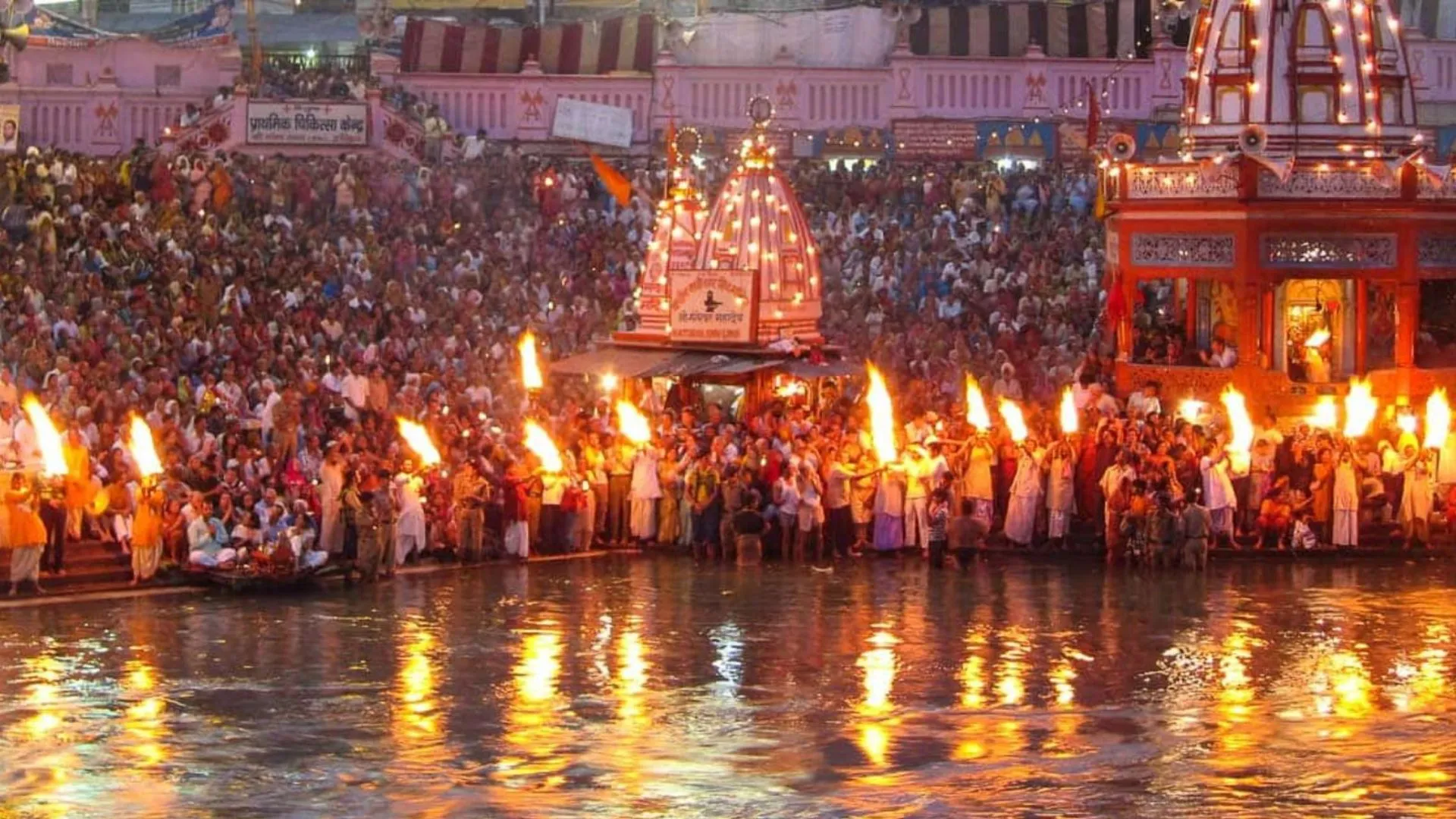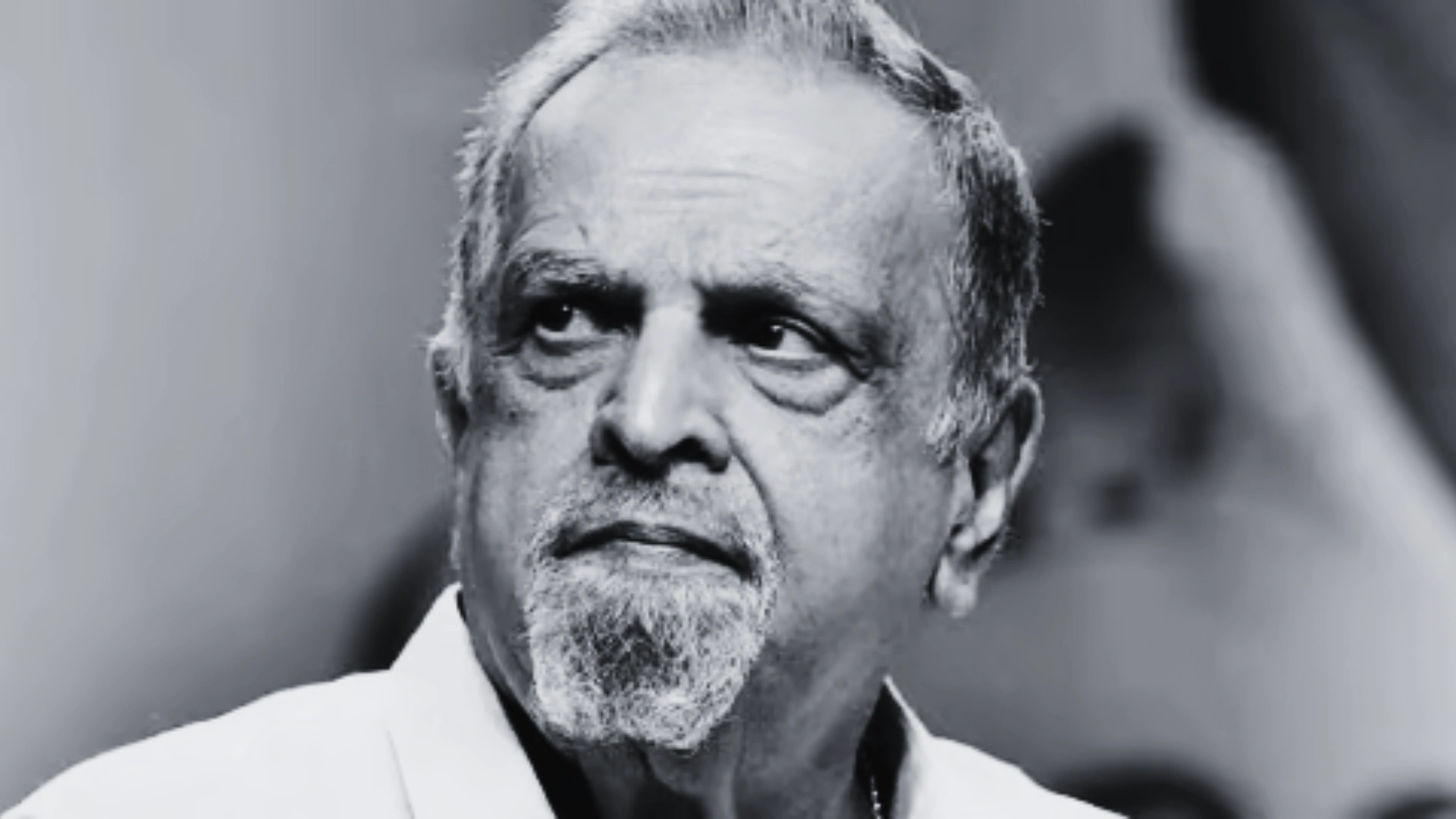On Thursday, the Jharkhand Mukti Morcha (JMM)-led government expanded with the induction of 11 new ministers, just days after Hemant Soren took office as the chief minister on November 28. The event marked an important step in forming a fully functional state government.
Governor Santosh Gangwar administered the oath of office and secrecy to the ministers at the Raj Bhavan during the swearing-in ceremony. The new cabinet consists of six members from the JMM, four from the Congress party, and one from the Rashtriya Janata Dal (RJD). Stephen Marandi, a ninth-term JMM legislator, was sworn in as the protem speaker for the sixth Jharkhand assembly.
Jharkhand’s Cabinet Composition and Representation
Jharkhand’s maximum allowance for cabinet members is 12, of whom one is the chief minister. Four ministers and the chief minister come from the Scheduled Tribes (ST) category, three are from Other Backward Classes (OBC), two Muslims, one from Scheduled Castes (SC), and one general category.
The JMM-led alliance that won the state elections last month managed to take power with the victory of 34 out of 81 seats. The JMM now holds seven positions in the council of ministers, including the chief minister’s role. The Congress, the second largest party in the alliance, holds four ministerial positions, while the RJD, which has four legislators, has one minister in the cabinet. The Communist Party of India (Marxist–Leninist) Liberation, which won two seats, opted not to join the government.
New entrants in the ministry come with a mix of experience and youth to the ministry. Out of them, Deepak Birua, Ramdas Soren, and Hafizul Hasan were part of the earlier ministry as well. Among them, Congress’s Dipika Pandey Singh and Shilpi Neha Tirkey are only two female faces in the ministry.
The oldest minister is the 66-year-old six-term assembly veteran, Radha Krishna Kishore, while Shilpi Neha Tirkey at 31 is the youngest. Kishore remains the sole Dalit representative in the cabinet.
Geographical and Social Inclusivity in Jharkhand Government
JMM spokesperson Supriyo Bhattacharya highlighted that the cabinet is representative of all five administrative divisions of the state and includes various social and cultural groups. Four ministers and the chief minister hail from the Santhal Parganas region, where the alliance secured 17 out of 18 seats. Two ministers are from the Kolhan division, and one minister represents the North and South Chhotanagpur regions. Additionally, one minister comes from Palamu, which is the smallest division in the state.


















